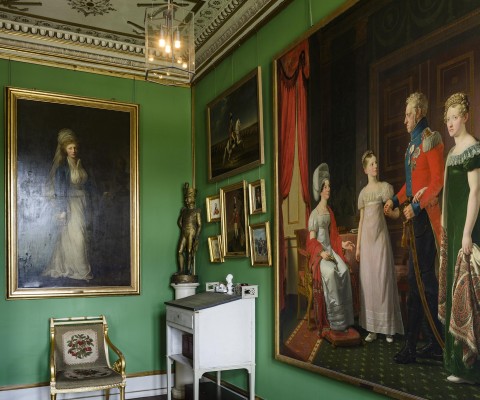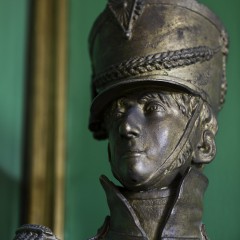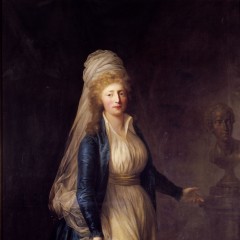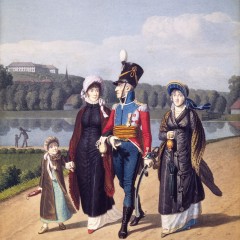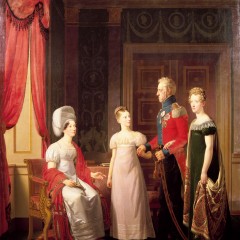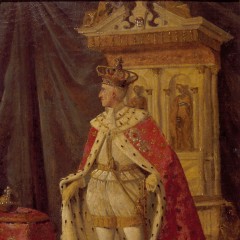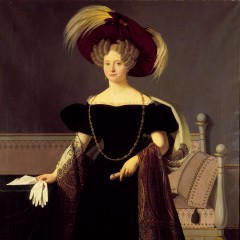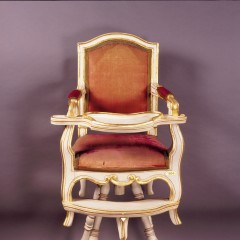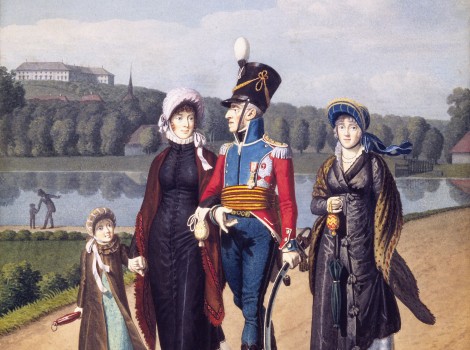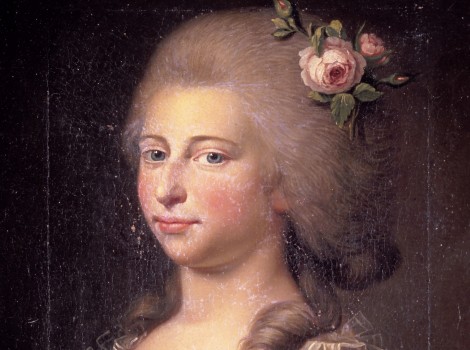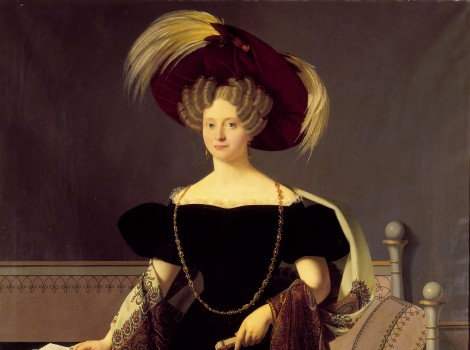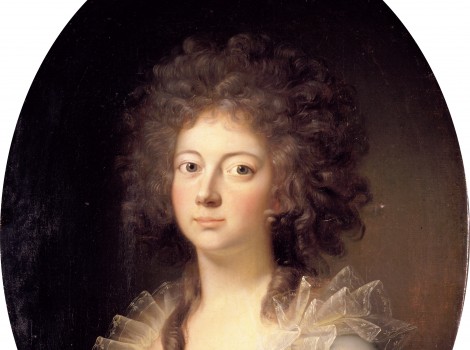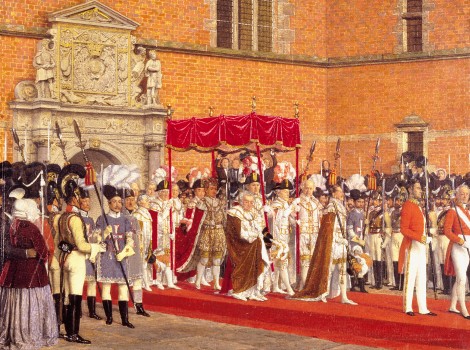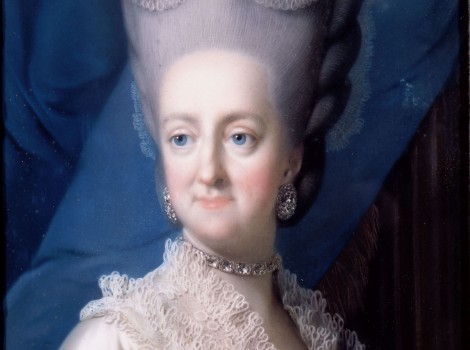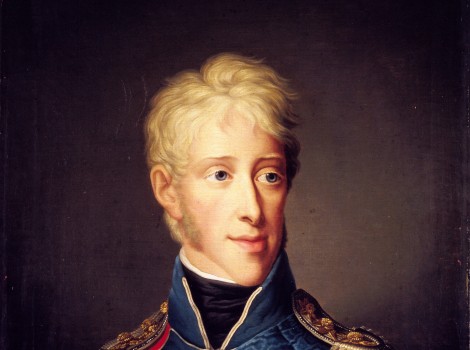16 Frederik VI’s Room
ROOM 16: Like Frederik V’s Cabinet and Christian VII’s Room, this narrow room is one of the interiors designed by Johannes Wiedewelt in 1782-1784.
Most of the exhibits are connected to the life and government of Frederik VI. The majority date from the earliest decades of the 19th century. Although that period was a time economic of recession and military crisis, the country was blooming culturally, and the first half of the century is called the “Golden Age” in Danish art and literature.
The furniture and handicraft in the room are influenced by the so called Empire style. Empire is a specific Neo-classicist style, developed in France after the years of the Revolution. The source of inspiration was Imperial Rome, whereas the earlier Neo-classicist Louis XVI style was inspired by ancient Greece and Egypt.

 Dansk
Dansk
 English
English
 Deutsch
Deutsch



